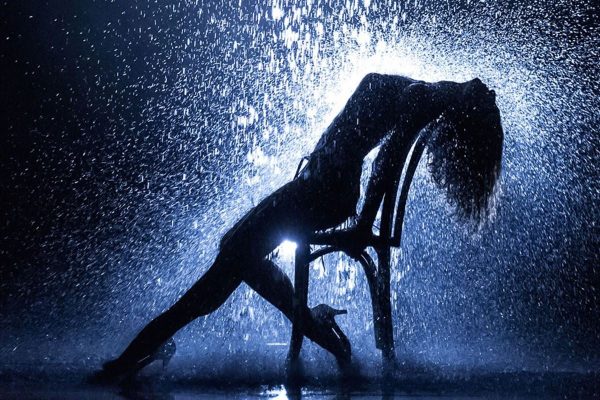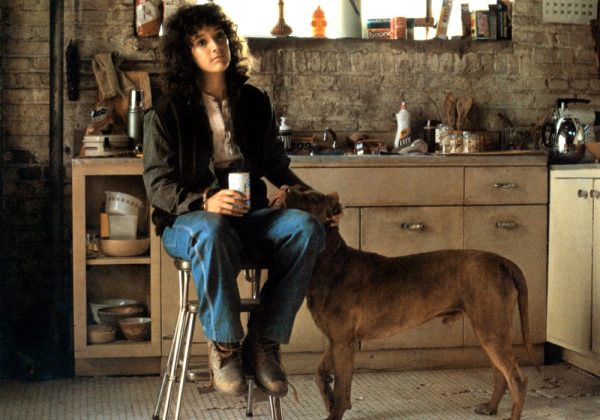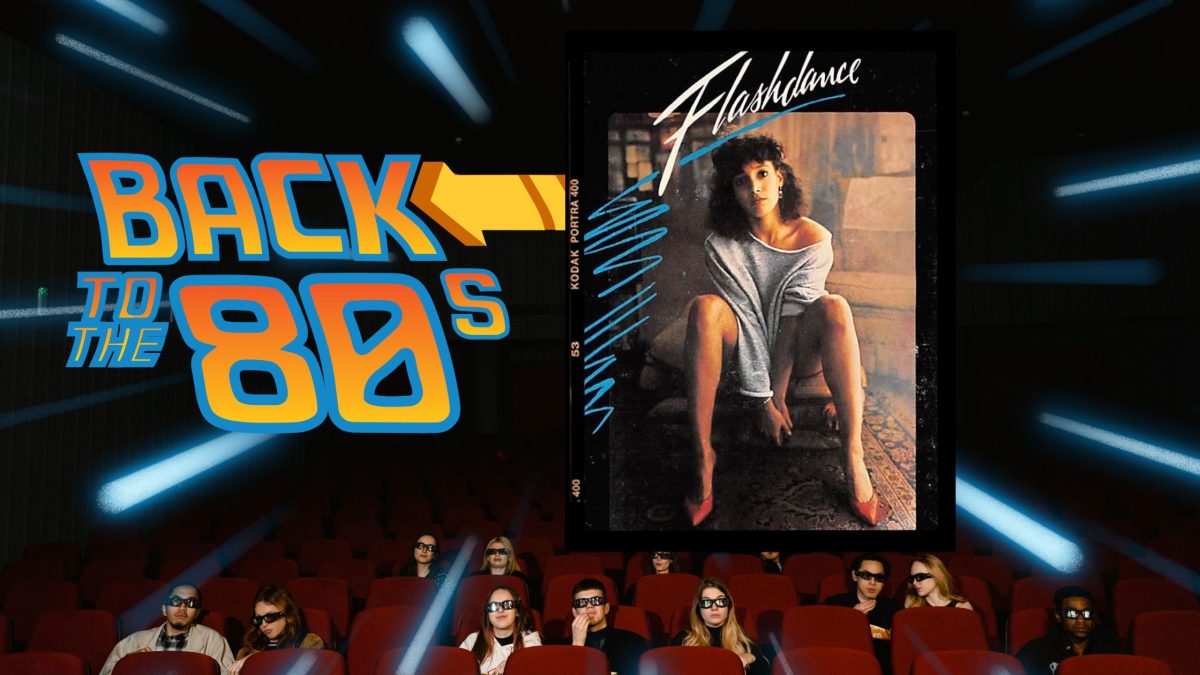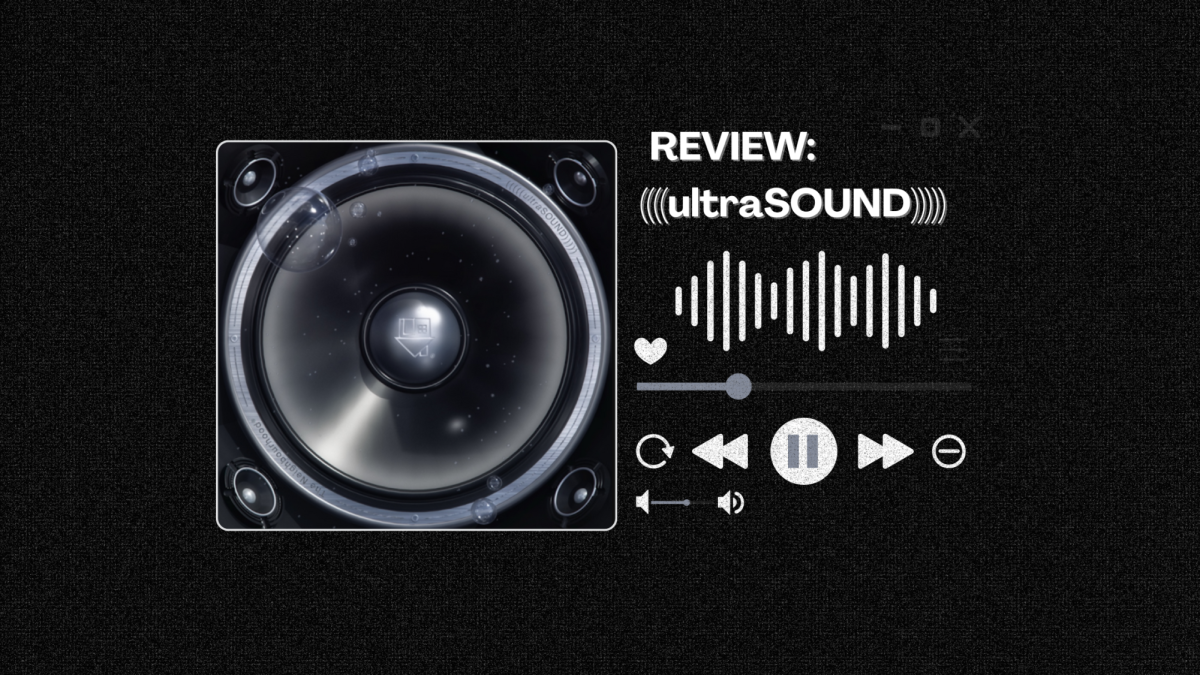Films with toe tapping beats, intensely choreographed dance numbers and preppy music were all staples to the 80s, but a film that takes dance and hard work to a whole new level is the 1983 movie “Flashdance.”
Every decade is known to have its niche, such as the 20s and their flapper dresses and sock-hops in the 50s, but in the 80s, dancing was the niche.
Movies such as “Footloose,” “Girls Just Want to Have Fun” and “Flashdance” are all films that take dancing and incorporate it into an overall plot and story.
Actress Jennifer Beals is highly remembered for the iconic choreography and dance numbers her character Alexandra Owens performs, but that praise is falsely cast towards her. Every shake of the character’s hips and movement of her feet was performed by French pro-dancer Marine Jahan.
Jahan was an iconic stunt double of the 80s featured in other films like “Streets of Fire” where movie magic was made to superimpose the actresses’ faces onto Jahan’s body.

Relying on movie magic was a staple of the era. Directors would often rely on special effects and tricky camera angles to convey a story without revealing the truth of a stunt double.
This is something that is often still explored in more modern films, such as “Baby Driver” and “John Wick: Parabellum.”
The use of a stunt double in “Flashdance” is the work that director Adrian Lyne created by intercepting Beal’s facial expressions and head movements into Jahan’s body to make the two moving women look like one.
RELATED: Back to the 80s: ‘Mannequin’
“Flashdance” is a film that follows 18-year-old steel worker Alex through her life as she takes her passion for dancing into a new light. In the beginning, Alex is seen performing nightly at a dancing bar.
Her dream is to join the Pittsburgh city ballet and with the help of her boss and boyfriend, Nick Hurley, played by Michael Nouri, that dream may soon be realized.
“Flashdance” is a film that feels like a ripoff of every 80s dance movie ever made. The characters are poorly directed and written with little to no depth, which makes the scenes almost painful to watch.
The bad execution is obvious in the scene where Alex and Nick get into an argument that leaves both 80s and modern viewers stunned as they are anything but a happy, healthy couple.
Another theme common to 80s films is the depiction of toxic and fuming relationships. “Flashdance” captures a toxic couple in all its glory with scenes of domestic abuse, sexual manipulation and lies on top of lies.
It feels like Lyne was more worried about dance numbers and choreography than creating characters with any sort of redeeming arc.
A plot with seductive and side-tracking dance numbers provides a laughable representation of the working class in the dance community.
Alex is one article of clothing away from becoming a stripper and the bar she performs at every night is practically as run down as a strip club anyway.
Women dancing and expressing themselves with movement is a fine line explored that directors either portray completely distasteful such as in this film or kind of beautiful like in “Dirty Dancing.”
Portraying women as dancers, especially in the 80s, was done with a sexual appeal or an artistic taste. “Flashdance” plays only on the sexual desire and attraction of the male audience gaze.
For most of the film, Alex performs her nightly dance routines at the run-down bar, Mawbys. Mawbys is poorly lit, with go-go-like dancing women who wear extravagant costumes.
The film is a poorly made and written, 80s dance film that holds no comparison to its counterparts like “Footloose.” The dance numbers are poorly orchestrated and due to the choppy nature of the movie, the movie magic between Beals and Jahan makes these scenes difficult to follow.

A movie with drama on every corner leaves viewers feeling lost in the plot and confused by the purpose of eccentric dance numbers with no real purpose other than to seduce male audiences and viewers.
The movie “Flashdance” is one that by today’s standards is a laughable representation of dance and romance films.


































































































































